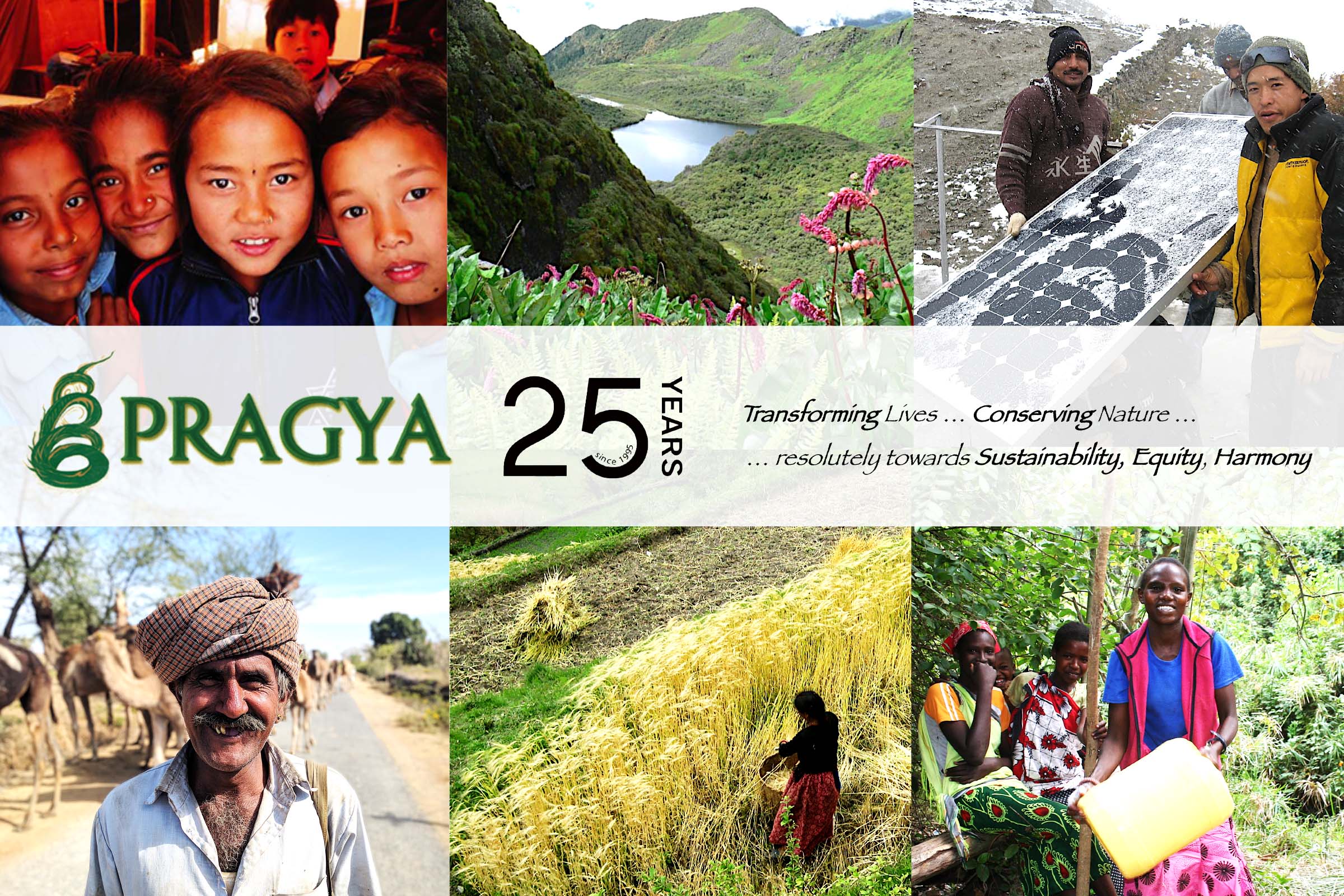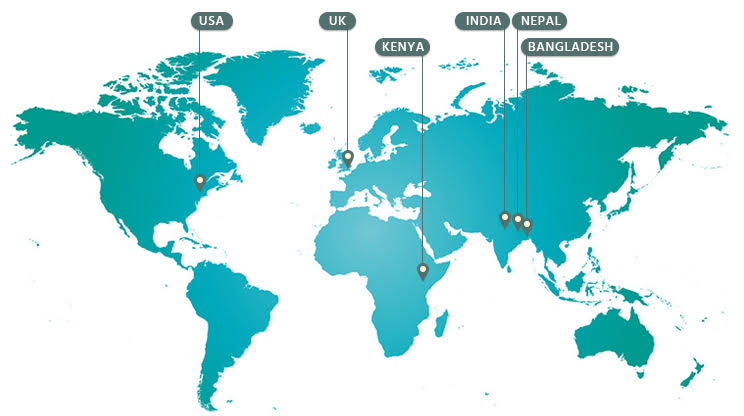
Pragya is a global family of coordinated, independently registered non-profit development organisations committed to poverty relief, environmental protection, access to healthcare and education, gender equality, social justice and disaster management.

The recent flash floods in the Uttarkashi & Chamba districts (Indian Himalayas) have left families displaced, homes destroyed, & livelihoods washed away. Entire communities are struggling to rebuild amid devastation. Pragya is on the ground, providing relief & support to affected families. Your contribution can make a real difference…
JOIN THE RELIEF EFFORTPragya is a global family of coordinated, independently registered non-profit development organisations committed to poverty relief, environmental protection, access to healthcare and education, gender equality, social justice and disaster management. Established in the global south in 1995, Pragya secures transformational change at the grassroots, focusing on...
Read more· 700,000 people in 33 disadvantaged communities in 4 developing countries (India, Nepal, Bangladesh, Kenya) benefited.
· 20,000 small & marginal farmer households have improved farm productivity and incomes and are proactively adapting to climate change.
· 17,000 children educated and 8500 youth vocationally trained and set on a path to improved futures and decent work.
When fires ravaged Topsia, Kolkata, Pragya swiftly stepped in to heal and rebuild lives, ensuring no family braved the cold alone...
Pragya marked World Environment Day in the villages of Jadao and Pillang, Uttarkashi, raising awareness on plastic pollution…..
In the heart of Bihar, Pragya is transforming the lives of farmers through training for sustainable agriculture practices…….
Teachers from 10 villages in Samburu West are now transforming learning through modern pedagogy and ICT……..
Villagers in Dhanusha and Sindhupalchowk, identified hazard zones and created local hazard risk maps...
In Munshiganj, women transformed tradition into opportunity by upgrading their embroidery skills through a 5-day training...
Help preserve fragile ecosystems; help sustain last-mile communities. Every contribution, big or small, can make a difference.
Donate